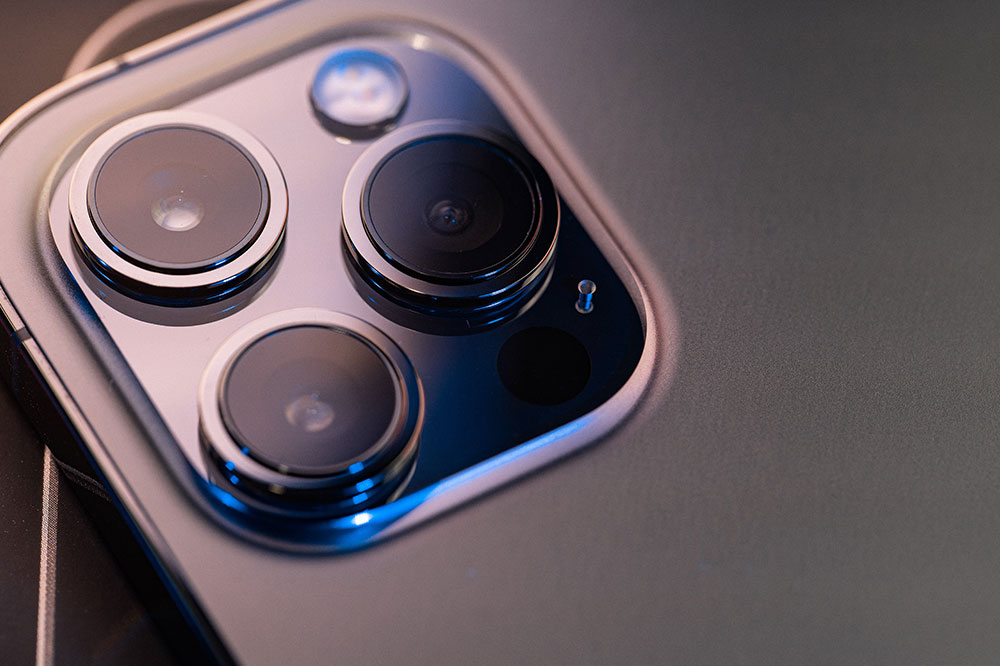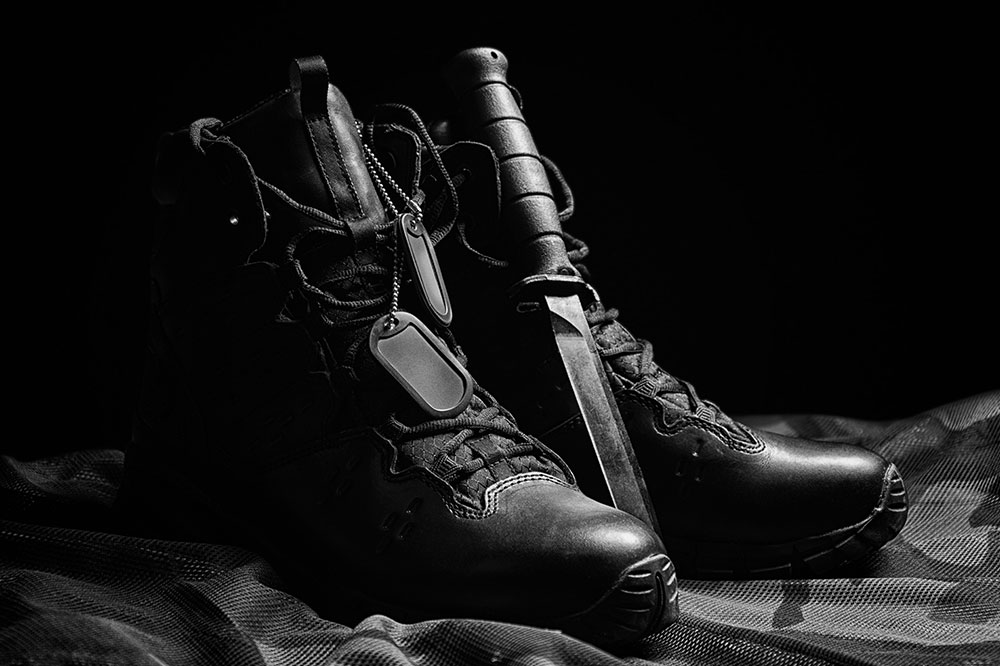5 common wristband branding mistakes to avoid

Wristbands aren’t just functional accessories. They currently serve as one of the more effective and popular tools to spread awareness of a brand, company, event, or festival. Whether in promotional events or as merchandise, wristbands are the go-to product, and that’s why it’s so important to get it right. Here are some common wristband branding mistakes that companies should avoid if they want to ensure their brand messaging is loud and clear to their audience.
Poor design
Wristband designs should be visually appealing, easily recognizable, and aligned with the company’s brand identity. Cluttered designs, busy patterns, illegible fonts, excessive text, and unclear logos can defeat the purpose. Creativity, while essential in branding, can backfire if the design is overcomplicated or too obscure. Clean, simple, and easily recognizable with a minimalist approach is often a bigger success story. Colors, too, play a crucial role in branding, and designers must ensure that the wristband colors complement the brand. They must also avoid colors that make reading the text difficult. Customization features such as embossing, debossing, color-fill, or glow-in-the-dark effects should be explored to the fullest.
Low-quality materials
Using cheap, flimsy materials can reflect negatively on the brand. High-quality materials and those that would be comfortable and durable should be used. Some people like keeping wristbands as a memento or a souvenir of the occasion. Not providing good quality wristbands can be a big turnoff to those looking forward to a keepsake. The most common materials for wristbands are – Tyvek, plastic, vinyl, silicone, and woven. Each material serves its own purpose and must be chosen with care.
Branding inconsistency
The wristbands must be consistent with the brand’s colors, logo, and overall aesthetic. Deviating from these elements or having inconsistencies in them can confuse customers, weaken brand recognition, and give the impression that the brand does not invest or think too much in terms of quality. All wristbands should align seamlessly with other marketing materials to reinforce the brand message.
Not paying attention to functionality
While aesthetics is important, if it sacrifices functionality, it will not serve its purpose. If a great-looking wristband is uncomfortable to wear, it’s already a failed element of branding. Wristbands should be comfortable to wear and easy to take off. Designers should consider making it adjustable or customizable.
Ignoring the target audience
The design of the wristbands should resonate with the target audience. Their demographics, interests, and lifestyles should be used to tailor the wristband design to appeal to their preferences.









